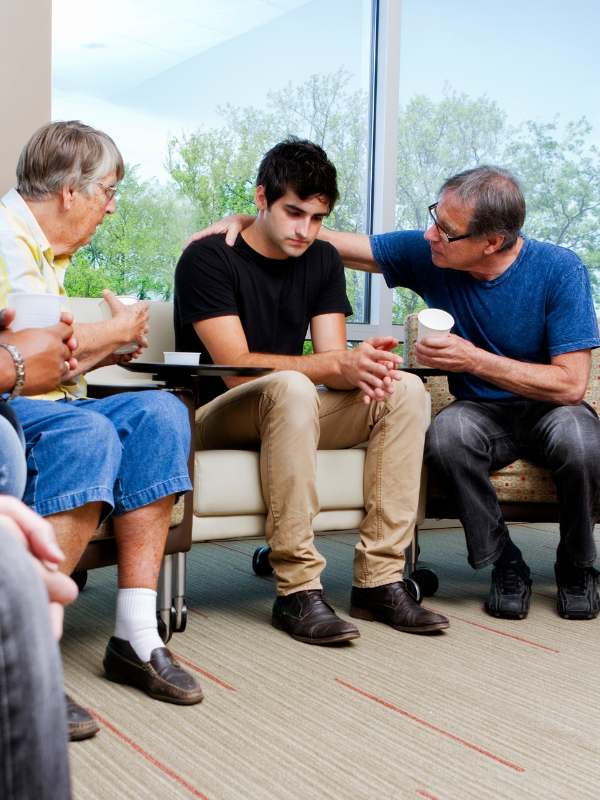Have you repeatedly experienced unexpected instances of chest pain, dizziness, or difficulty breathing? Many panic disorder treatment centers in Georgia can help you understand the symptoms and triggers that cause your panic attacks. The Sylvia Brafman Mental Health Center is specialized in finding effective care. Below, learn about panic disorder therapy centers near Atlanta, Georgia. Call 877-958-9212 for prompt assistance.

Panic Disorder Treatment and Therapy Center Near Atlanta, Georgia
What is Panic Disorder?
Panic disorder is one of the eleven types of anxiety disorders as classified by the Diagnostic and Statistical Manual of Mental Disorders, 5th edition (DSM-5). It is characterized by recurrent and sudden panic attacks based on intense fear or discomfort, sometimes without a clear trigger. It involves constant tension and anxiety from fear of having another panic attack.
Panic disorders can be debilitating and interfere with daily life. Individuals often have anxiety in anticipation of experiencing panic attack triggers at future events, activities, and social interactions. The condition can be effectively managed through panic disorder treatment such as Cognitive-Behavioral Therapy (CBT), medication, and holistic approaches, including relaxation techniques and breathing exercises.
What is Panic Attack?
A panic attack is a single, unexpected episode of overwhelming fear or discomfort that escalates within minutes. It often includes physical symptoms like a racing heartbeat, sweating, nausea, or shortness of breath. Panic attack symptoms include intensely feeling like something terrible is going to happen, a detachment from reality, and fear of losing control.
Panic attacks can occur unexpectedly, without a clear reason, and may last several minutes to a few hours. Although they are not life-threatening, they can be very frightening and difficult to deal with. Panic attack treatment options like therapy, relaxation techniques, and medication can help you manage and reduce the frequency of panic attacks.
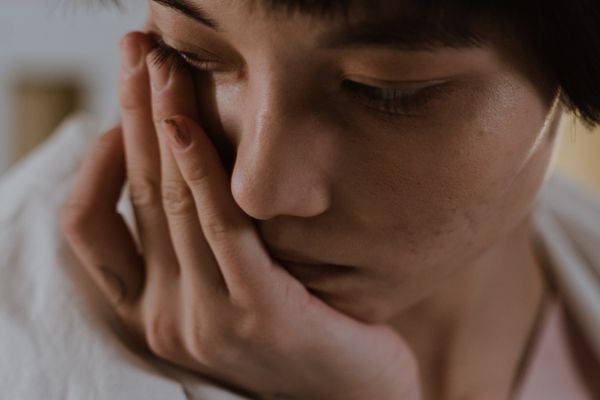
What Are Causes and Triggers of Panic Disorder?
Experts believe panic disorder causes can stem from a combination of genetic, biological, and environmental factors, although the exact cause is not fully understood. A family history of anxiety or panic disorders may increase your risk. Imbalances in brain chemicals that regulate mood and stress responses can also play a role in developing the condition.
Panic attack triggers will vary for everyone and may include stressful life events, such as losing a loved one or experiencing a traumatic situation. Other triggers may consist of caffeine, certain medications, or changes in your daily routine. Sometimes, panic attacks occur without an obvious cause, making it difficult for you to predict or avoid anything that could provoke an attack.
What Are Different Types of Panic Disorders?
Panic disorder symptoms can vary based on the individual patterns and triggers of panic attacks, as well as their connection to other conditions. Some people experience spontaneous panic attacks with no clear cause, while others may have attacks triggered by specific fears or situations. The variations below are not a full list of the types of panic disorders diagnosed.
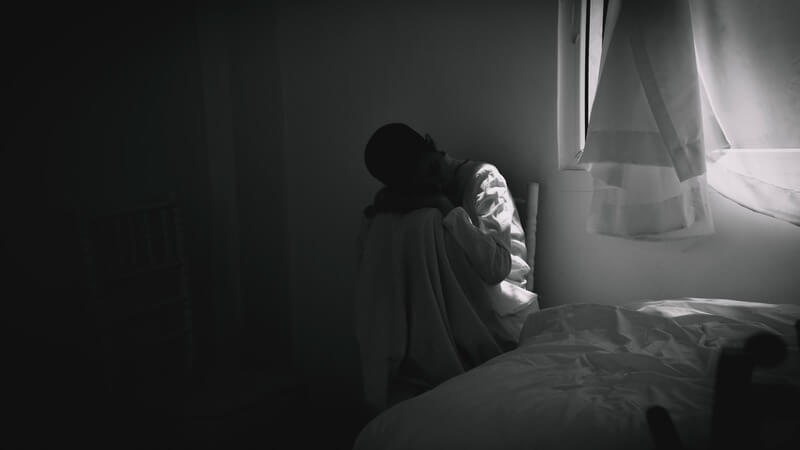
Signs and Symptoms of Panic Attacks
Panic attack symptoms can produce various physical and emotional experiences. Physical signs often include a pounding heartbeat, sweating, trembling, trouble breathing, chest pain, dizziness, nausea, or stomach pain. These symptoms can be so intense that you may fear you’re having a heart attack or losing control, which can be very distressing.
Emotionally, panic attacks are characterized by overwhelming feelings of fear, anxiety, or a sense of impending disaster. You may also feel disconnected from what is happening around you or worried you’re going to die. Since these attacks can occur quickly and without warning, they can be particularly frightening and difficult to cope with.
Below is a brief list of additional panic attack symptoms and signs:
- Chills or hot flashes
- Fear of losing control or “going crazy”
- Urgent need to escape the situation or environment
- Avoidance of triggers or situations associated with prior attacks
- Muscle tension or aches
- Difficulty swallowing or a lump-in-throat sensation
- Distorted perception of time
- Hyperventilation leading to carbon dioxide imbalance
- Freezing or feeling paralyzed
Are you or someone you love experiencing any of these signs? Contact The Sylvia Brafman Mental Health Center for a free assessment today.
What is a Panic Disorder Therapy and Treatment Center?
A panic disorder therapy and treatment center is a specialized facility that focuses on helping individuals with panic disorder management and prevention. The treatment for panic disorder is designed to offer comprehensive support in a safe space tailored to your recovery needs. Treatment typically involves individual and group therapy, medication management, and holistic approaches such as mindfulness or art therapy.
At a panic disorder rehabilitation center in Georgia, you’ll collaborate with a team of mental health professionals, including therapists, psychiatrists, and support staff. The goal is to manage panic disorder symptoms while helping you build effective coping strategies for anxiety and encouraging long-term emotional well-being.
Types of Treatment Programs for Panic Disorder Around Atlanta, Georgia
Panic disorder treatment centers in Georgia help you manage your panic attack symptoms and learn about panic disorder prevention. The healthcare facility will provide personalized care through approaches such as breathing exercises for panic attacks, managing medications for panic disorder, and other holistic techniques. Options can range from inpatient to outpatient programs at an integrative treatment center.
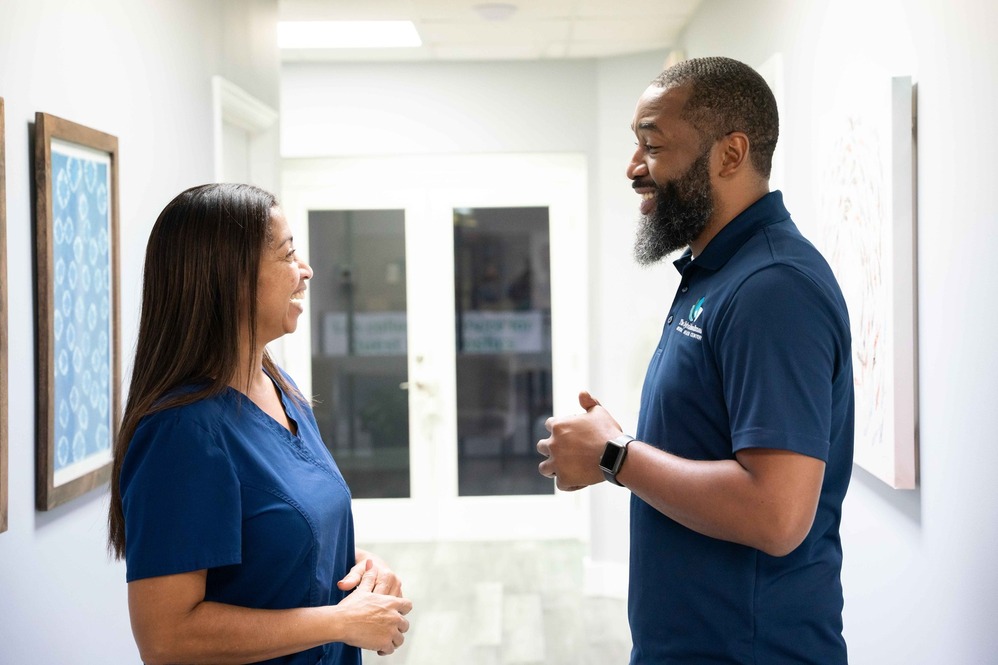
What Types of Therapy and Counseling Are Available for Panic Disorder Treatment?
Therapy and counseling for panic disorder offer different approaches to help you understand your condition and reduce symptoms. These methods focus on panic disorder management, addressing any co-occurring disorders, and identifying your panic attack triggers. The list below details a few examples of therapy options, but it is not a full list of available treatment types.
Are you ready to take the first step towards better mental health? At The Sylvia Brafman Mental Health Treatment Center in Fort Lauderdale, Florida, our team of dedicated professionals is ready to guide you. We offer a variety of therapy programs and rehab treatments, each uniquely designed to meet your needs. Our success stories speak volumes about our expertise and dedication. So don’t wait, reach out to us today! Either give us a call or fill out the form below to request a callback.
"*" indicates required fields
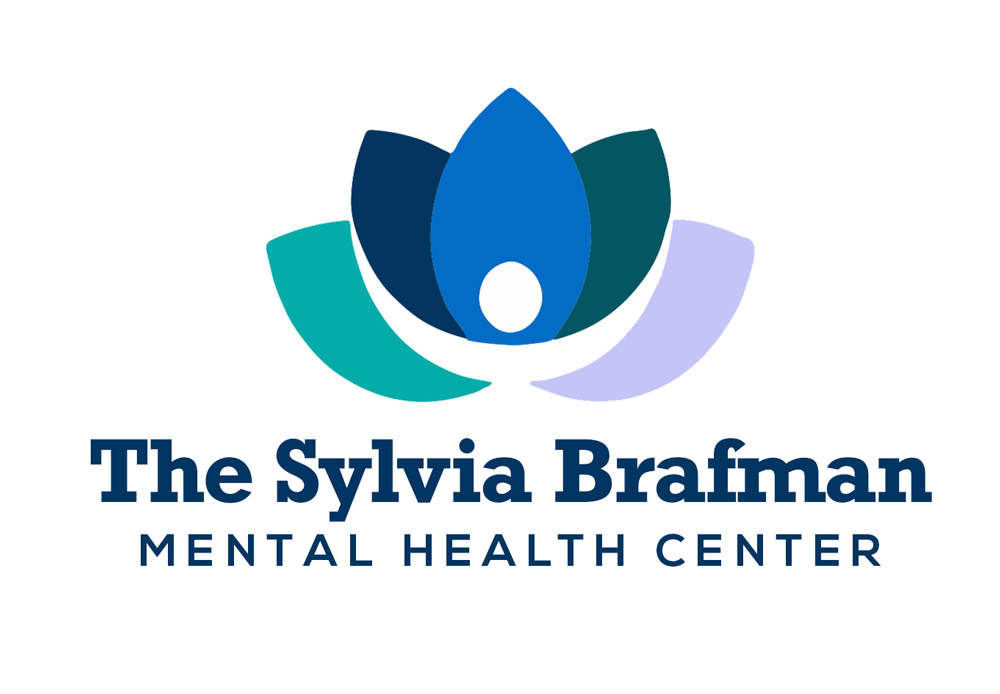
Does Health Insurance Cover Therapy and Treatment for Panic Disorder Near Atlanta, Georgia?
Yes, many health insurance companies will cover treatment and panic disorder therapy near Atlanta, Georgia. However, it is important to confirm your insurance plan to understand the specifics. Insurance coverage can include inpatient or outpatient treatment center benefits, but coverage will vary depending on the healthcare provider and policy.
Contact your insurance provider or a holistic treatment center like The Sylvia Brafman Mental Health Center to confirm coverage. Our patient advocates can help clarify copayments, deductibles, and any prior authorization requirements needed for care.
Which Private Health Insurance Providers Cover Panic Disorder in GA?
Many private health insurance companies offer coverage for panic disorder treatment centers in Georgia. National insurers include Aetna, Anthem, Blue Cross Blue Shield (BCBS), Cigna, the New York State Health Insurance Program (NYSHIP), and many others. These providers typically cover a range of mental health services, such as inpatient programs, outpatient therapy, and medication management.
It’s important to verify your specific plan’s coverage details, as benefits will vary with every provider. Many insurance providers have a network of approved specialty treatment centers, so it’s helpful to check if your preferred rehabilitation or wellness center is included. This will minimize your out-of-pocket expenses.
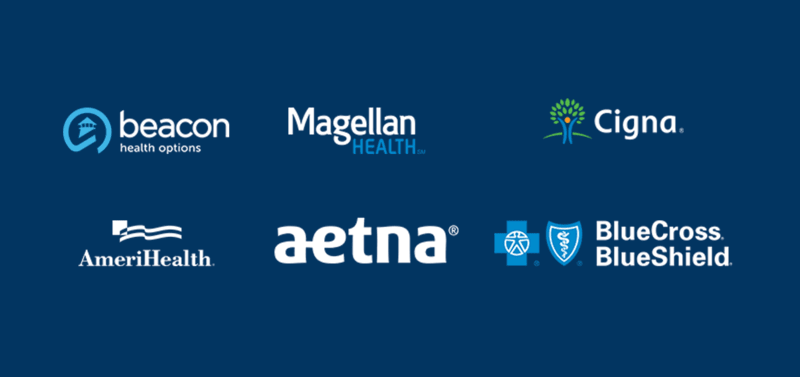
Are There Confidential and Free Panic Disorder Tests and Assessments Near Me?
Yes, many mental health treatment centers offer an intake or assessment at no charge to allow you to learn about the available programs and ask questions to determine if the healthcare facility is the right fit. The mental health care professional will ask about your current emotional state, panic attack symptoms, and whether you’re currently undergoing any panic disorder treatment.
At The Sylvia Brafman Mental Health Center, our mission is to help you improve your mental and emotional well-being. Our dedicated team of experienced professionals provides exceptional care and support. Contact us today for a free assessment and take the first step toward recovery.

What is the Admissions Process for a Panic Disorder Therapy Program?
Gaining admission to a panic disorder treatment center involves several important steps to ensure you receive the appropriate care. While the exact process will vary from one rehabilitation center to the next, below is a general overview of what you can anticipate:
- Initial Contact: Start by contacting the behavioral health center through a phone call, email, or online form. During the assessment, you’ll discuss your symptoms and medical history to help determine the most suitable treatment options.
- Assessment and Evaluation: An appointment will be scheduled for you to meet the treatment team, where they will review your needs and program expectations. You may need to complete paperwork and provide additional medical history details.
- Insurance Verification and Coverage: The therapy clinic will review your insurance coverage to confirm the benefits available for panic disorder treatment. They’ll outline any financial responsibilities you may have.
- Treatment Plan Development: Based on your assessment and intake information, clinicians will create a customized treatment plan. This may include Cognitive-Behavioral Therapy (CBT), breathing exercises for panic attacks, or panic disorder medication.
- Admissions Coordination: Recovery centers like The Sylvia Brafman Mental Health Center assist with additional assessments, paperwork, and scheduling for a smooth transition. This is also the time to prepare mentally and emotionally—recovery is challenging but a vital step toward reclaiming your well-being and building a brighter future.
- Orientation and Program Introduction: Before treatment begins, you’ll participate and familiarize yourself with the treatment center environment, rules, and available resources. This ensures you are prepared to engage in the program.
- Active Participation in Treatment: You’ll begin attending the therapy sessions and holistic treatments outlined in your treatment plan.
- Progress Monitoring and Adjustments: The treatment team will regularly monitor your progress, and your plan may be adjusted as needed to support your recovery goals.
How Much Does Panic Disorder Treatment Cost in Georgia?
The cost of panic disorder treatment centers in Georgia without insurance can range from $10,000 to $60,000 per month, depending on factors like treatment length, amenities, and specialized services. Many facilities offer financial aid, sliding-scale fees, or payment plans to make care more affordable. Contacting treatment centers directly is essential to exploring options and prioritizing your mental health.
Many insurance companies cover a significant portion of expenses, reducing out-of-pocket costs. However, some services, such as specialized therapies or extended stays, may not be fully covered. Treatment centers like The Sylvia Brafman Mental Health Center can assist with navigating insurance benefits and payment options. Regardless, finances shouldn’t be a barrier to accessing the necessary care. Call 877-958-9212 to discuss how to pay for panic disorder treatment today.
